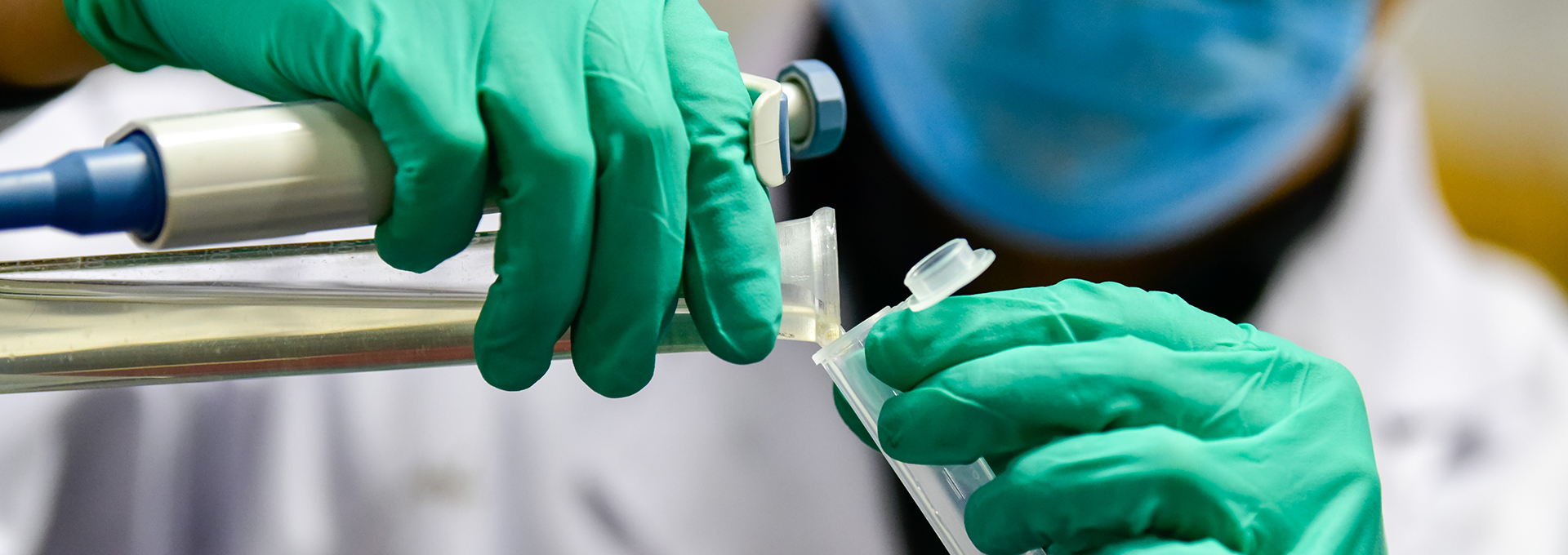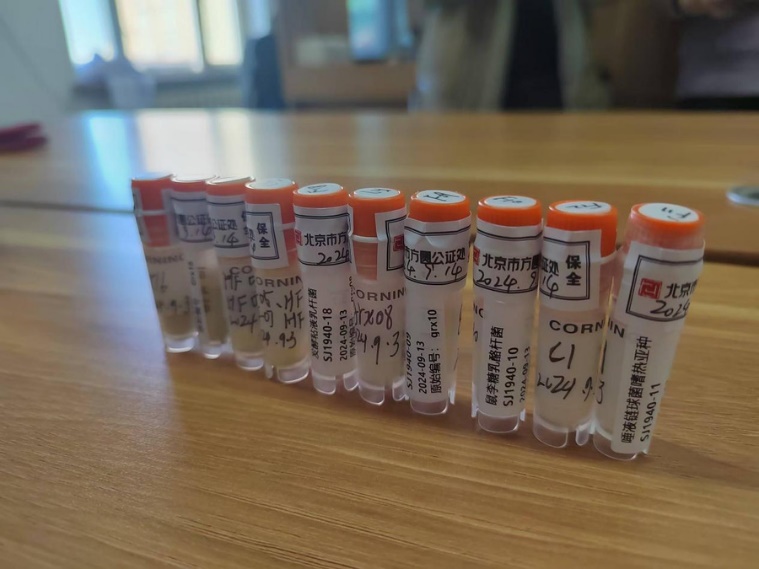Recently, bacterial strains and plant seeds sent to space by Harbin Institute of Technology (HIT) have safely returned to Earth aboard the Shijian-19 satellite. The mission, led by the Space Biological Effects Team from HIT’s School of Life Sciences and Medicine, included 10 strains of probiotics and 16 varieties of rice (such as japonica and upland rice) as well as seeds of medicinal herbs like Siberian ginseng (Acanthopanax senticosus). This groundbreaking experiment aims to enhance the tolerance and functionality of these biological materials through space-induced mutagenesis, paving the way for advancements in agriculture and food technology.
“Our goal is to screen and develop strains and seeds with higher productivity and resilience, making them better suited for industrial applications,” said Professor Weihong Lu, head of the research team. “Space-based research should not remain confined to labs—it must translate into real-world solutions through industry-academia-research collaboration, driving innovation and industrial upgrades.”
The team emphasized that traditional methods for screening and improving strains and seeds are time-consuming and inefficient, struggling to meet rapidly evolving market demands. In contrast, space mutagenesis—leveraging the extreme conditions of microgravity, radiation, and vacuum—offers a faster, broader, and more effective approach to genetic variation. This method accelerates crop improvement, enabling the rapid development of new varieties to bolster China’s food security, diversify germplasm resources, and achieve self-reliance in seed technology.
Since 1996, HIT’s Space Biological Effects Team has pioneered space mutagenesis research, participating in missions such as the Shenzhou spacecraft series, recoverable satellites, and China’s first space biology radiation exposure experiment. Over the decades, the team has sent rice varieties, industrial hemp, and other crops to space, successfully breeding over 30 mutant materials, including the HIT-Aero 1 and HIT-Aero 2 rice strains.
Building on data from this mission and previous experiments on the space station’s extravehicular exposure platform, the team now seeks to decode the evolutionary patterns of space-induced mutations. By identifying stable, desirable traits, they aim to shift space mutagenesis from a “random chance” process to a targeted screening technology, enabling precise crop improvement.
This milestone underscores HIT’s leadership in leveraging space science for agricultural innovation, offering transformative potential for sustainable food production and biotechnological advancement.



